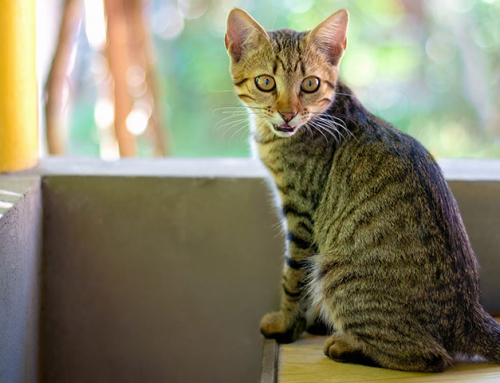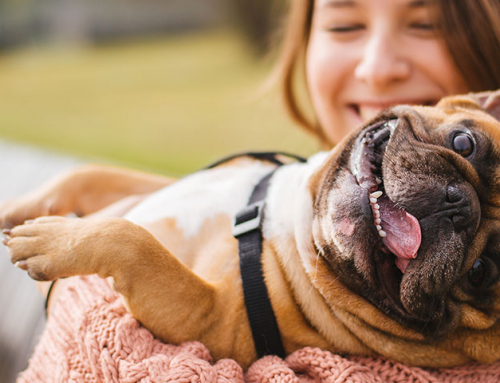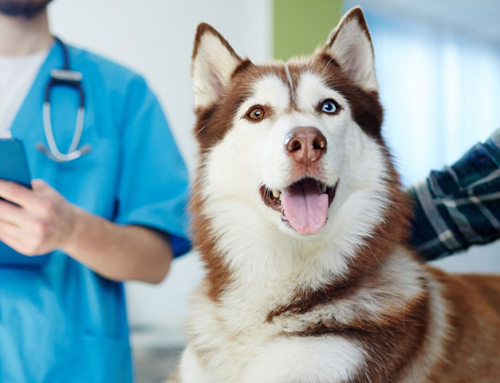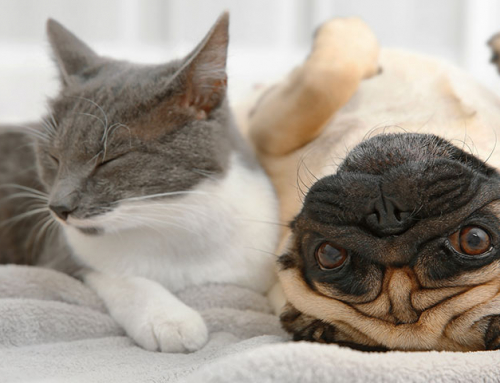I’m a general practitioner, but I think that I have a knack for treating diabetics. I like it best when I make the diagnosis of diabetes myself for then I can instill good habits right away rather than trying to knock out bad habits that clients may have picked up along the way. Nonetheless, when I become the veterinarian to a previously diagnosed diabetic pet, there are a few things I routinely do. Above all else I try to give them my time! I block off a good hour in my appointment schedule to go over diabetic pet management, and before the exam I review the prior records. Once with the client, I get a thorough history before examining the pet. If a pet doesn’t seem controlled, I often find clues to how I may improve matters just in the history. If not, I actively look for some common issues.
Diabetic Pet Management – Insulin Dosing.
Did the owner or prior veterinarian bump up the dose by leaps and bounds when trying to find the ‘right’ dose of insulin? It’s very understandable that we want the pet to feel better as soon as possible. Nonetheless, it is critical to start at a conservative insulin dose and sneak up (bit by bit, half a unit or a unit at a time usually) on the proper dosage for a pet. If we start at a high dose we may never find the best dose. A dose that is too high will drive the blood glucose too low and the liver will respond by creating glucose. This is called the somogyi swing. Patience is a virtue when managing a diabetic pet. Start at the lower end of the dosage range for insulin and run a curve 5 to 7 days later. If needed, bump up the dosage a conservative amount and re-check another curve in 5 to 7 days. Rarely do people think to decrease the dosage of insulin, yet sometimes that is exactly what is needed. It’s all in the curve.
What Is the Feeding Regime?
Ideally pets should ingest the majority of calories at the time of their insulin injections. This is particularly true for diabetic doggies. Since we find greater success with keeping feline diabetics on low-carbohydrate canned food we don’t push this quite so emphatically. For felines on low-carb food, snacking in between meals doesn’t cause quite as much of a glucose spike as dog treats which often have a lot of carbs. And cats are more demanding than the average pooch when impatiently meowing for food. Yes, I know dog owners who emphatically argue otherwise, but cats are usually expert at pestering their humans for food. It’s the nature of the beast. When diabetic dog owners wonder why the blood glucose went up in the middle of the day I often learn that a snack may be the culprit. Ideally, the pet (whether dog or cat) will get two equal meals in a day, 12 hours apart, with equal doses of insulin. Sometimes vets will vary this protocol, but this routine is the most likely to lead to good diabetic pet management. If dog owners feel compelled to give Fluffy a mid-day treat, I hope it is just a tiny piece of meat rather than a carb-laden goodie.
Is the Pet Getting the Insulin Correctly?
You’d be surprised at what I have seen over the years! If a pet changed from a u-40 insulin to a u-100 insulin, did the owners continue to use the prior needles? Is the owner mixing the insulin adequately so that the particles are suspended? Is the owner giving the insulin under the skin or into the fur? These sorts of boo boos happen all the time. Don’t ever be offended if your vet asks you to bring in your supplies so he or she can witness you giving insulin or checking your technique for checking a blood glucose. We are all on the same team!
Has the Owner Tried More Than One Insulin?
If a client seems to be doing everything well and we just can’t seem to get a diabetic pet regulated we might change to another insulin. Was the pet ever regulated? Do we have blood glucose curves to show that the pet was regulated? Has there been a urine culture and recent full blood panel and urinalysis? Does the owner run glucose curves at home where stress plays less of a role than in the hospital? You can bet I want to see the log book! Is the pet maintaining body weight? Is the client keeping track of the body weight? These are the things I want to know.
Next week we will discuss the exam and what I may look for that might disrupt diabetic pet management.
You know I like hearing from our readers. Don’t hesitate to email me at [email protected]
NOTE: Consult your veterinarian first to make sure my recommendations fit your pets special health needs.







Thanks to one of our readers for pointing out an error above. In the 2nd paragraph I accidentally said the word insulin instead of the word glucose. It should read, “A dose that is too high will drive the blood glucose too low and the liver will respond by creating glucose.” I hope I didn’t confuse anyone! My weekly goal is to simplify diabetes. Hopefully our computer gurus can fix the error, but I wanted to point this out pronto. 🙂 Joi